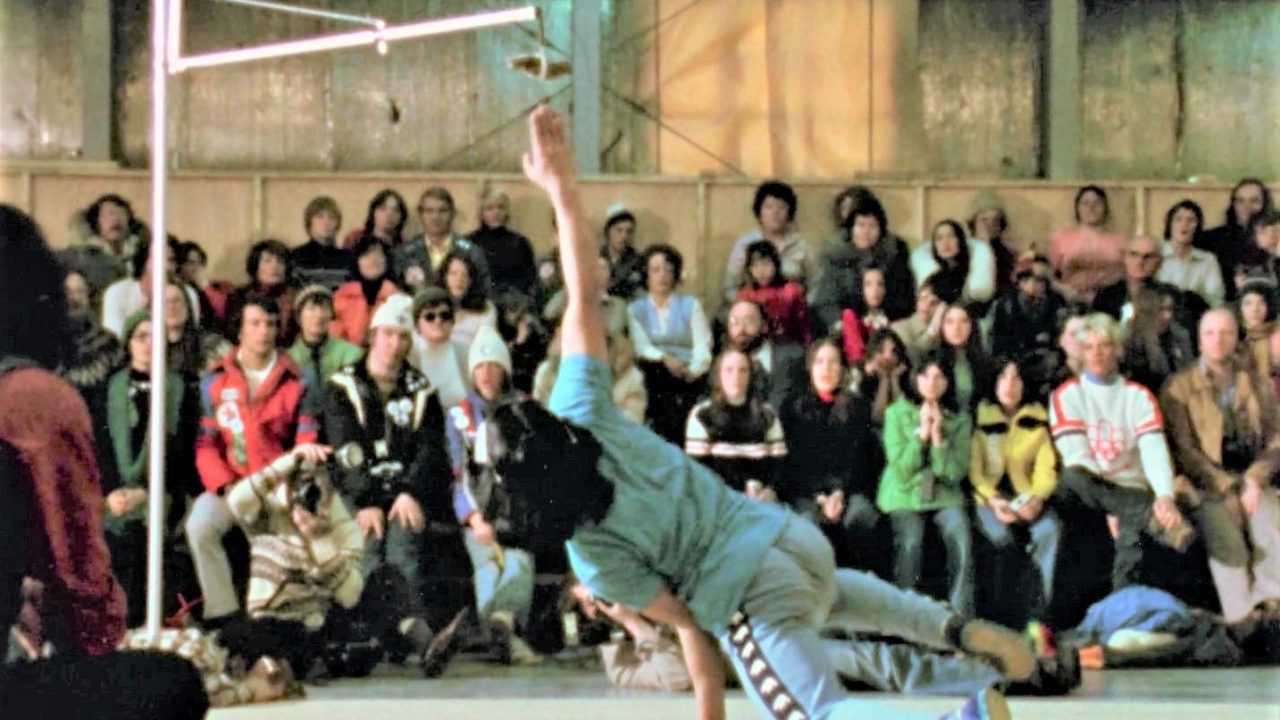
The Arctic Winter Games: Promoting Olympic and Indigenous Sports for More Than 50 Years
The Arctic Winter Games: Promoting Olympic and Indigenous Sports for More Than 50 Years
This year, from January 29 to February 4, the 27th edition of the Arctic Winter Games (AWG) will be taking place in Wood Buffalo, Alberta. The AWG is welcoming approximately 2,100 participants from the Northwest Territories, Yukon, Nunavut, Alaska, Greenland, Nunavik in Northern Quebec, and northern Alberta, as well as Sámi athletes from Norway, Sweden and Finland.
To commemorate the 51st anniversary of this international event, this instalment of Curator’s Perspective invites Canadians to discover the first four editions (1970 to 1976) of the biennial Arctic Winter Games, through four NFB films that were made available to the public this month after being recently digitized.
The film series starts with Dennis Sawyer’s First Arctic Winter Games (1971), a short documentary about the inaugural edition, held in Yellowknife, Northwest Territories, in 1970. The first AWG was attended by more than 8,000 participants and spectators, including 750 Canadian athletes and 250 athletes from the US. The Games featured many sports typically seen in Olympic competitions, in addition to a range of Indigenous sports.
First Arctic Winter Games, Dennis Sawyer & R.C. Gibson, provided by the National Film Board of Canada
Ken Hall’s Request and the Second Arctic Winter Games
It was thanks to Ken Hall, a Yellowknife resident, that I discovered these NFB films in the first place. In an email sent to the NFB’s Customer Service team, Mr. Hall wrote that he had “participated in the Arctic Winter Games in 1972, [playing] for the Northwest Territories-Midget hockey team, defeating the host Yukon in the final for gold.” In his polite request, Mr. Hall also added that “although I had seen The Second Arctic Winter Games on TV a while back, the film was not available on NFB.ca; is the 1972 film available?”
To answer Mr. Hall’s question, we did some digging in our vaults and archives and found four films on the Games, a series that includes The Second Arctic Winter Games (1973, also directed by Sawyer). This film featured “many sports seen in Olympic competition, plus others—for example, pirautaqturniq, the Inuit skill of hitting an object with a ten-meter-long sled dog whip. This film captures the all-out participation in the week-long events hosted by Whitehorse, capital of the Yukon, with competitors from all over the Arctic including Alaska, and with observers from the Soviet Union.”[i]
The Second Arctic Winter Games, Dennis Sawyer, provided by the National Film Board of Canada
Dennis Sawyer and the Indian Film Crew
The person behind these documentaries about the AWG, Dennis Sawyer, was a veteran NFB director credited with more than 150 films. According to NFB film files, Calgary-based Telecolor Film Production was hired by the Department of National Health and Welfare to make a film about the First Arctic Winter Games. During post-production, producer/director R. C. Gibson sent a letter to National Health and Welfare asking for more money to complete the film. The NFB jumped at the chance to help finish the First Arctic Winter Games, contributing rolls of film, staff and sound synch equipment.[ii]
Sawyer delivered the final cut of the First Arctic Winter Games to the NFB in 1971.[iii] The following year, he was commissioned to be the producer of the second film about the Games, for which the “NFB calculated the cost of having it made by the Indian Film Unit—of which two members are from the N.W.T., under the direction of a senior English producer, Mr. Dennis Sayer.”[iv] The NFB felt it was important to have “creative input” from Indigenous people and northerners in a film that was intended “primarily for northern audiences.”[v]
Although Sawyer is credited as the director, the Indian Film Crew (as the NFB’s first all-Indigenous film unit was then called) is also credited in the production of the film. Unfortunately, the file does not provide information on which or how many Indigenous filmmakers contributed, but their participation was crucial to the creation of a more in-depth and timeless look at the Games. The film First Arctic Winter Games is still very much a product of its time, and it contains colonial, patriarcal, and chauvinist terminology; while The Second Arctic Winter Games places an even greater focus on Indigenous sports. The depiction of these Indigenous competitions seeks to go beyond a simple chronicle, attempting to recreate a genuine experience of the Games that encompasses the audience, the athletes, and the venues as well.
The third NFB film about the Games was entitled New Gold for Alaska (1974), which showed that “there were also indigenous arctic sports within the arctic games… [and] for the first time, these arctic sports counted toward the total points gained by each contingent.”[vi]
New Gold for Alaska, Dennis Sawyer, provided by the National Film Board of Canada
4th Arctic Winter Games and Its Indigenous Sports
Sawyer’s film series on the AWG concluded with his doc about the fourth edition of the Games in Schefferville, northern Quebec, in 1976, which mainly focused on Indigenous sports and culture. Although he documents popular Olympic sports such as skiing, hockey or curling, it’s fascinating to see how much Sawyer relies on the Indigenous sports to provide more drama and excitement in his film. More than half of Schefferville 4th Arctic Winter Games is devoted to Indigenous games, to its participants, and to the new records set during these competitions.
Schefferville 4th Arctic Winter Games, Dennis Sawyer, provided by the National Film Board of Canada
NFB: The Canadian Family Film Album
Ken Hall also mentioned in his email that “the 1972 Arctic Winter Games were the only Games in which I participated as an athlete. My brother competed in the first two games in curling and my daughters competed in soccer and basketball in later Games.” Hopefully, with the recent digitization of these NFB films, all the athletes who contributed to the AWG—as well as their families—will be able to revisit and relive some of these precious memories and experiences.
I look forward to receiving more of these kinds of requests from the public, so that we can all continue to discover and appreciate some of the lesser-known chapters in our country’s history. I also hope we have the opportunity to see portraits of the upcoming—and future—Arctic Winter Games, as I’m sure there are filmmakers out there who are eagerly looking forward to attending and recording this one-of-a-kind event.
Curator’s Note: This instalment of Curator’s Perspective relied on the generous assistance of the NFB’s Vault, Archives and Library staff.
[i] The Second Arctic Winter Games film description: https://www.nfb.ca/film/the-second-arctic-winter-games/
[ii] Based on information in the First Arctic Winter Games film files in the NFB’s archives.
[iii] Ibid
[iv] Ibid
[v] Ibid
[vi] New Gold for Alaska (1964) by Dennis Sawyer, minute 00:15:47-00:16:42.
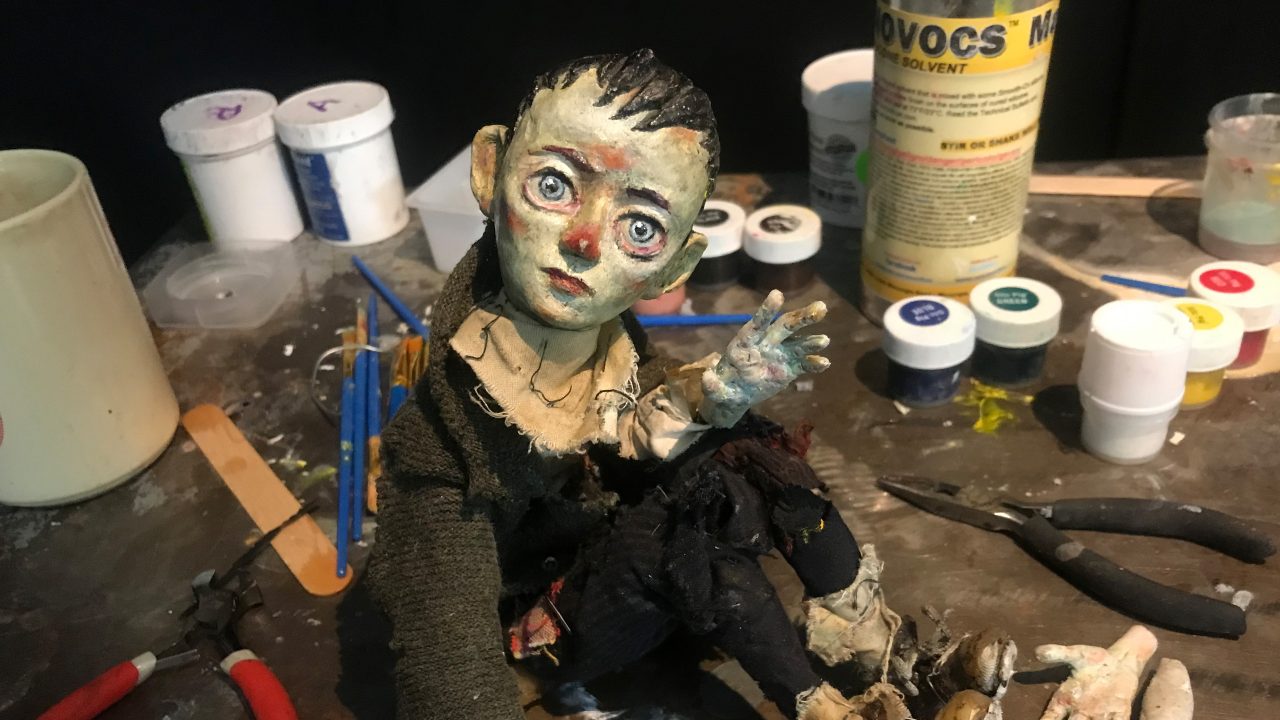
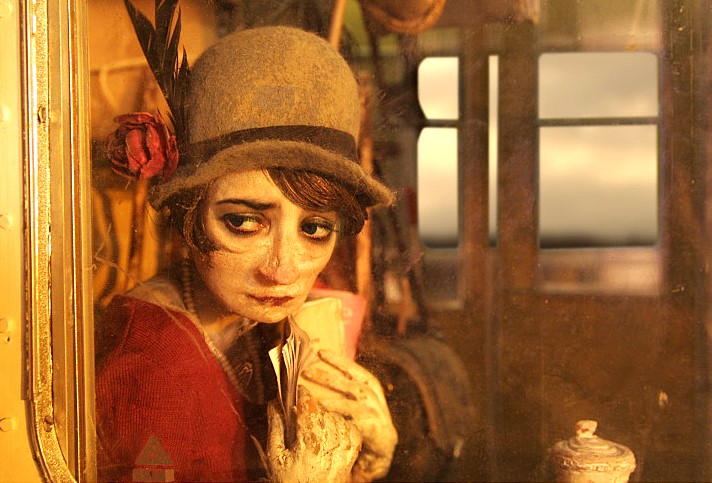
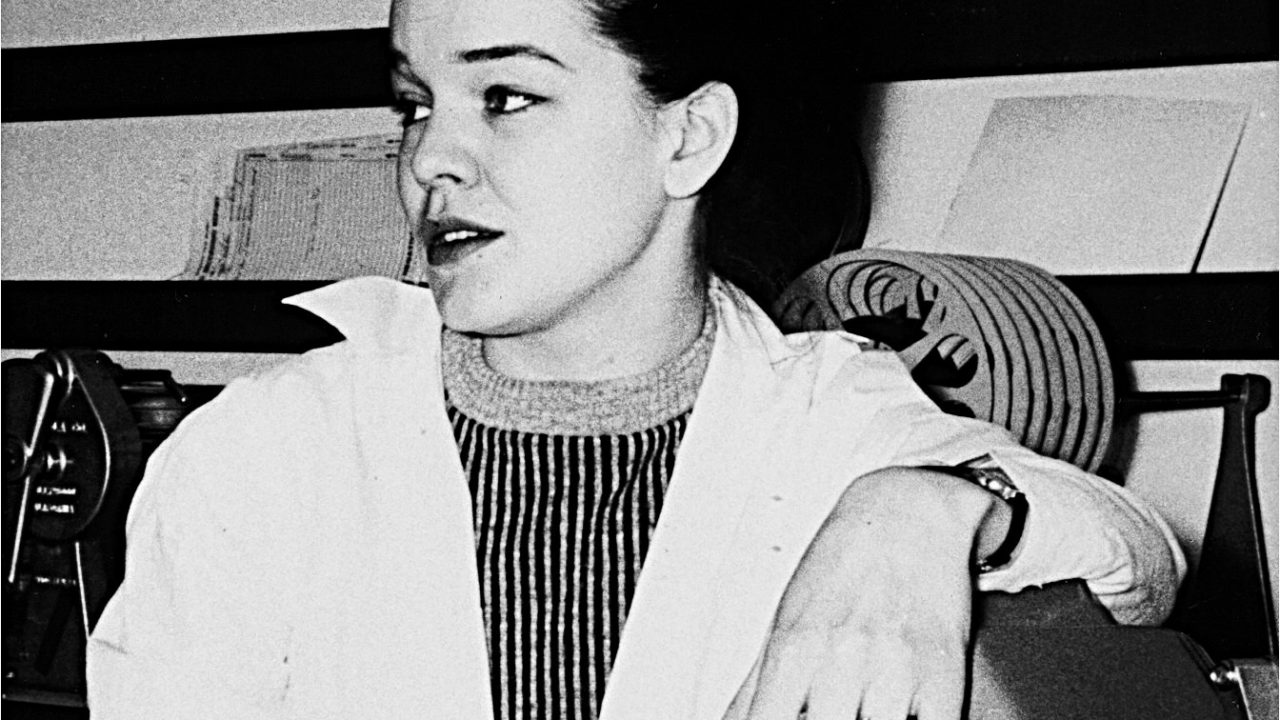
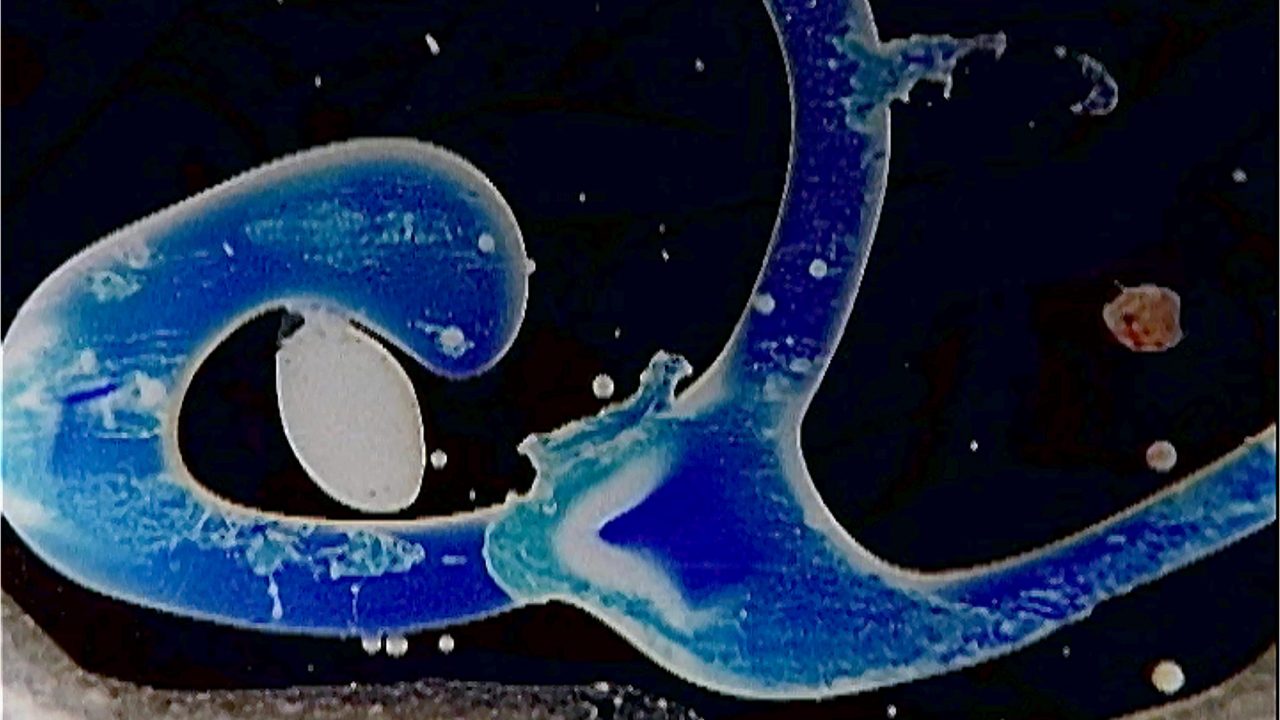
Seeing mention of the Sami participants reminded me of working as a ski/biathlon official during the 2008 Games. I was fortunate to experience a first-hand glimpse into the Sami culture. They wore traditional clothing which was particularly fascinating for me as my Grandfather was Sami.
Ken Hall
Thank you for watching Arctic Winter Games! We’re so glad it resonated with you.